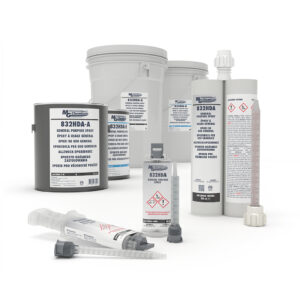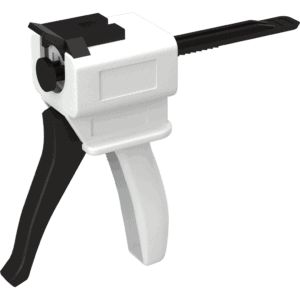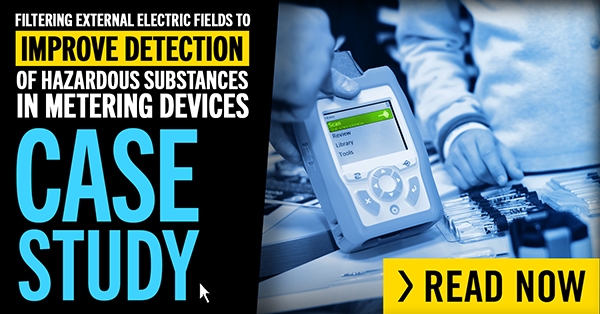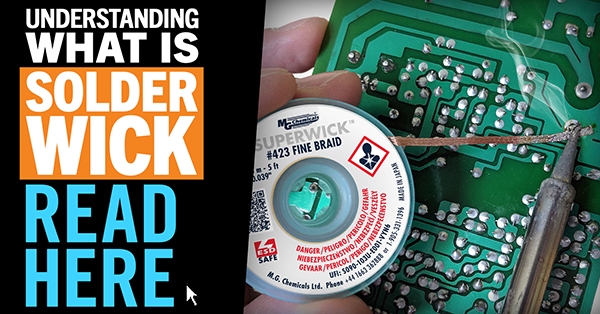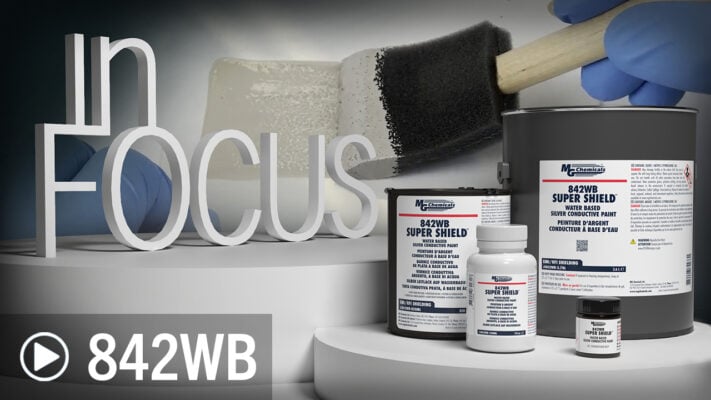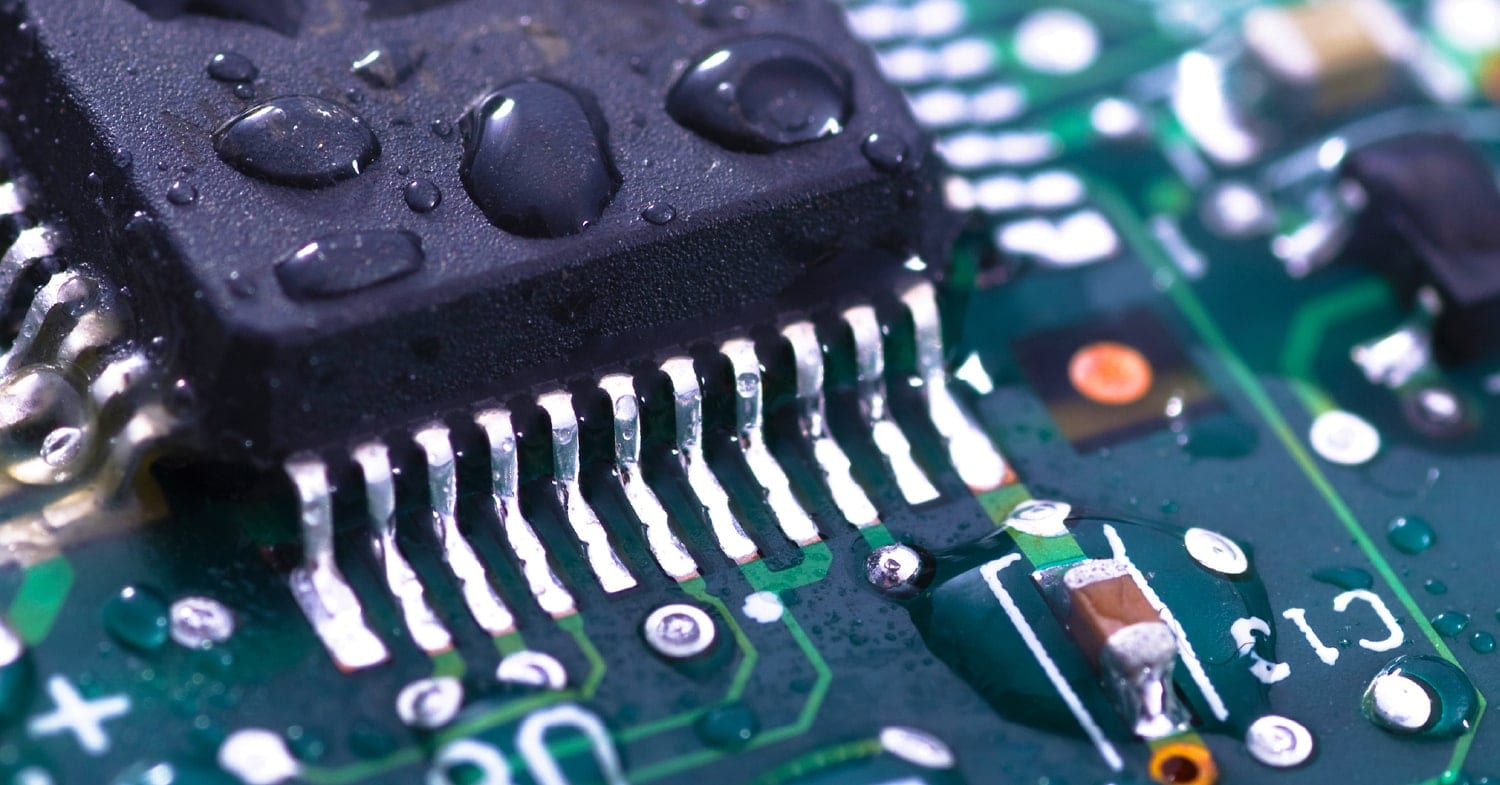
Conformal coatings are clear topcoats applied over PCBs to protect the boards from common contaminants like moisture, dust, fungus and dirt. These coatings are highly flexible and thus conform to the irregular geometries of circuits, and also have excellent dielectric properties which prevent arcing and corona discharge.
| Material | Typical Dry Time Range |
| Acrylics | 3 – 30 minutes |
| Polyurethanes | 15 – 60 minutes |
| Silicones | 2 -10 minutes |
| Epoxy | 4 -12 hours |
| UV Cure | Seconds after UV exposure |
| Parylene | N/A |
| Ultra-Thin | Under 2 minutes |
| Styrenated Block co-polymer | 5 – 10 minutes |
Typical film thicknesses of conformal coatings range from 1 – 5 mils (25.4 – 127μm) and can be verified using the following techniques:
- Wet film gauge – The easiest non-destructive tool to use when measuring coating thickness is a wet film gauge with a black lamp. However, this method can only be applied with high solids systems, such as UV coatings.
- Micrometer – A simple non-destructive method is to measure points along the uncoated substrate with calibrated micrometers then re-measures these points afterwards, with the difference being the coating thickness.
- Positector – A less cumbersome, non-destructive technique employs a digital coating thickness gauge which measures changes in either magnetic or electric fields to determine film thickness. While this technique is much quicker and easier, it is limited to use on conductive substrates, and therefore cannot measure coating thicknesses over solder mask or other insulated components.
- Micro-Section Analysis – For highly accurate coating thickness measurements, cross-section analysis can be applied in which a section of the coated substrate is cut out and mounted in a plastic mold. The cross section is then polished and analyzed under a powerful microscope to measure the coating thickness at different points. While this technique provides the most accurate measurements, it requires much time and costly equipment, and destroys the sample.
| Material | Method |
| Acrylics | Easily removed using common solvents like or esters. |
| Polyurethanes | Can be removed using 8309 or 8310A stripper. Takes 5-10 minutes. |
| Silicones | Easily removed using common solvents like acetone or esters. |
| Epoxy | Remove using 8309 or 8310A stripper. May take up to 2 hours. |
| UV Cure | Remove using 8309 or 8310A stripper. May take several hours. |
| Parylene | Must be removed with micro-abrasion. Very difficult. |
| Ultra-Thin | Easily removed using common solvents like Ketones |
| Styrenated Block co-polymer | Easily removed using common solvents like Ketones |

